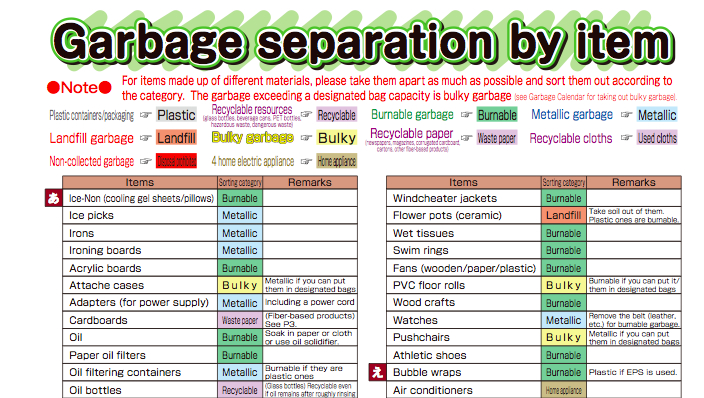Misadventures of Lisa and Trisha: Snow Monkeys
While we were living in Japan Trisha and I would often go on road trips on the weekends. We would enlist some of our other expat friends, fill up the FunCargo (my little Japanese car) and head off.
On one of those trips, Trisha and our friends, Martin, Kuan and V-ken, headed up north to Nagano Prefecture. We stopped to see a variety of things on that trip but the main reason was for us to visit Jigokudani Monkey Park.
I had read about the monkeys and was so excited to see them in person that I could barely contain myself. Trisha took this picture of me to the left waving my hands in excitement as we walked up the hill to the park.
The entrance building was pretty unassuming and after walking through a small exhibit about the monkeys we exited back outdoors into the park.
The park itself was completely not what I expected. I thought there would be a path with a fence dividing the people from the monkeys, but instead you can freely walk along the valley with the monkeys running right up beside you.
The monkeys at Jigokudani are Japanese macaques, otherwise known as snow monkeys because they live in habitats with snow. Unfortunately, there was almost no snow on the ground while we were visiting because we were there a little too early in the winter, but it was still an awesome experience.
Near the entrance before descending to the river many of the monkeys were occupied with digging around in the dirt for insects to eat.
We also saw a number of the monkeys grooming each other. It was really charming to watch.
The monkeys had such expressive faces and I loved how the adults' pink faces contrasted with their brown fur.
The little babies were my favorite with their large eyes dwarfing the rest of their faces. They constantly scampered around their mothers and I was lucky to catch a picture of this little guy sitting still for a second.
The monkeys were running around everywhere and were so used to people that they would run right next to you or just continue on doing what they were doing as you walked by.
At this point we hadn't walked very far into the park and as we looked down into the valley we saw that the whole riverside was swarming with monkeys. They are a little hard to spot because their fur blends in with the rocks, but there are fourteen monkeys in the picture below.
We headed down to the river to get a closer look and saw the hot springs pools nearby where the monkeys were bathing. The name Jigokudani, which means "Hell Valley" in Japanese stems from the hot springs because people thought that the hot steam and water bubbling to the surface looked like Hell. In winter months the monkeys come to the valley to warm up in the hot water.
In Japanese culture, relaxing in natural hot springs (onsen) is a very popular activity so it seemed very Japanese of the monkeys that they also would enjoy bathing in the hot springs.
Even in the water, the monkeys continued to groom each other. It was so neat to see and I really could have watched them doing this all day.
I like how the monkey getting groomed in the photo below is giving the stink eye to the other monkey.
The monkeys looked so peaceful and serene in the water compared to the way they were scampering around on land. Watching the monkeys warming up in the hot springs with their reflections in the still water was quite surreal and beautiful to see.
We all were pretty camera happy and had so much fun watching the monkeys go about their business as if we didn't exist. Here's a photo of Martin taking a picture of one of the monkeys.
Of course, we had to catch a few pictures of ourselves next to the bathing monkeys.
Even though we were enamored with the monkeys, they really could have cared less about us being there and would get out of the water right next to us if they so felt like it. Luckily, I scooted out of the way before this little guy splashed me.
Trisha was not so lucky, however. I grabbed this cute picture of Miss Trish (it was Christmas time, hence the antlers and Santa hat) but then one of the monkeys decided he was done with his bath and popped out of the water right next to Trisha.
I caught her reaction right after she got soaked. Priceless photo, I'd say!
Before we knew it, dusk had settled on the valley and in a matter of minutes all of the monkeys slipped into the safety of the forest along the mountainside for the night. What had been a hive of activity moments before was suddenly empty. Our time in the valley was brief, but it was so amazing to see the monkeys up close that it ranks among my favorite experiences in Japan.
To get to Jigokudani Monkey Park, we drove and parked there which was very convenient. If you are taking public transit, you can take the Shinkansen to Nagano followed by a local train to Yudanaka. From Yudanaka station you can then take a bus or taxi up to the Monkey Park. Keep in mind that no matter how you get to the Monkey Park, vehicles cannot get all the way to the top and you will have a 15-30 minute steep walk before you reach the entrance.
Of course, double check the details before you go, but at the time of this writing Summer hours (April - October) are 8:30am - 5:00pm and Winter hours (November - March) are 9:00am - 4:00pm. In the summer months the monkeys will go off into other areas of the park to forage for food, so it is not a guarantee that you will see monkeys if you visit then. Cost for entrance is ¥500 for adults and ¥250 for children and in my opinion is completely worth it!

 Friday, February 22, 2013 at 7:24AM
Friday, February 22, 2013 at 7:24AM



